Home>Construction & Tools>Building Materials>Why Doesn’t America Build Brick Houses
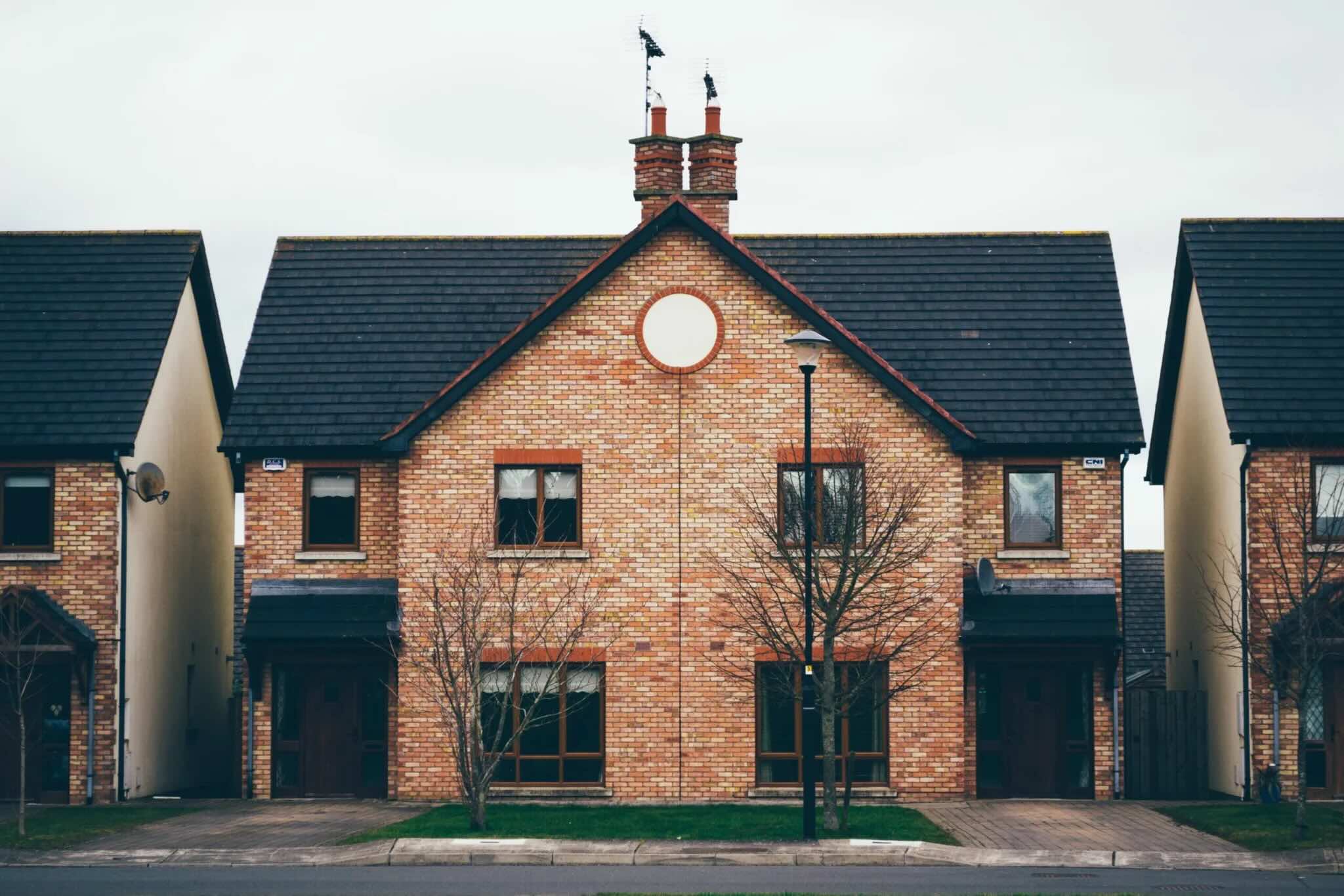

Building Materials
Why Doesn’t America Build Brick Houses
Modified: October 19, 2024
Discover why America doesn't commonly build brick houses and explore alternative building materials. Learn about the benefits and drawbacks of different construction materials.
(Many of the links in this article redirect to a specific reviewed product. Your purchase of these products through affiliate links helps to generate commission for Storables.com, at no extra cost. Learn more)
**
Introduction
**
When it comes to residential construction in the United States, the image of a classic brick house might not immediately spring to mind. Unlike many European countries where brick construction is prevalent, the use of bricks in American residential architecture has been somewhat limited in comparison. This raises the question: Why doesn't America build brick houses as extensively as other parts of the world? To unravel this intriguing mystery, we must embark on a journey through the history, advantages, disadvantages, costs, cultural and aesthetic preferences, building regulations, and environmental impact associated with brick construction in the United States. By delving into these aspects, we can gain a comprehensive understanding of the factors influencing the prevalence of brick houses in America.
Key Takeaways:
- Brick houses in America have a rich history, offering durability, energy efficiency, and timeless charm. Despite higher initial costs, their enduring appeal and eco-friendly attributes make them a sound investment in residential architecture.
- Building codes, cultural preferences, and environmental impact influence the prevalence of brick houses. As sustainability gains importance, the resurgence of interest in brick construction reflects a harmonious blend of tradition and innovation in American architecture.
Read more: Why Are Brick Houses Better
History of Brick Construction in America
The history of brick construction in America dates back to the colonial era when European settlers brought with them the tradition of building with bricks. The earliest brick structures in the United States, such as the iconic red brick buildings in Colonial Williamsburg, Virginia, stand as enduring testaments to the durability and timeless appeal of brick as a building material.
During the 19th and early 20th centuries, brick manufacturing saw significant advancements, leading to the widespread use of bricks in urban areas. The Industrial Revolution brought about innovations in brick production, making it more accessible and cost-effective. As a result, numerous cities across the United States boasted impressive skylines adorned with brick buildings, symbolizing strength, permanence, and architectural grandeur.
However, the post-World War II era witnessed a shift in construction trends, with the emergence of alternative building materials such as concrete blocks and timber framing. This transition was driven by factors such as cost efficiency, speed of construction, and evolving architectural styles. The rise of suburban living also contributed to the decline of brick construction, as developers sought more economical and expedient building methods to meet the demands of a rapidly growing population.
Despite these shifts, certain regions in the United States, particularly in the Northeast and Midwest, have maintained a strong tradition of brick construction, preserving historic neighborhoods and fostering a deep appreciation for the enduring charm of brick houses.
Today, the resurgence of interest in sustainable and energy-efficient building practices has sparked a renewed appreciation for brick construction. Architects, builders, and homeowners are rediscovering the timeless allure and eco-friendly attributes of brick, leading to a revival of this age-old building tradition in contemporary American architecture.
Advantages and Disadvantages of Brick Houses
Brick houses offer a myriad of advantages, making them a desirable choice for homeowners seeking enduring quality and timeless elegance. The inherent thermal mass of bricks provides excellent insulation, regulating indoor temperatures and reducing energy consumption for heating and cooling. Additionally, bricks are resistant to fire, termites, and rot, enhancing the structural integrity and longevity of the home. Their low maintenance requirements and resistance to weathering contribute to their durability, ensuring that brick houses maintain their aesthetic appeal for generations.
Furthermore, bricks are renowned for their soundproofing properties, creating a tranquil and peaceful indoor environment by minimizing external noise. They also offer superior protection against inclement weather, safeguarding the occupants and possessions within the home. From an aesthetic standpoint, the rich textures and earthy hues of bricks lend a timeless and sophisticated charm to residential architecture, adding to the curb appeal and resale value of the property.
However, it is essential to consider the potential disadvantages of brick houses. While bricks offer exceptional durability, the initial construction cost of a brick house may be higher compared to alternative building materials. The weight of bricks necessitates a robust foundation and structural framework, which can add to the overall construction expenses. Additionally, the labor-intensive nature of bricklaying may contribute to higher labor costs, impacting the overall affordability of brick houses.
Moreover, the limited design flexibility of bricks, especially in comparison to modern construction materials, may pose challenges for homeowners seeking contemporary architectural styles. Adaptations such as insulation and moisture barriers may be required to address the relatively low insulation properties of traditional brick walls, adding to the construction complexities and costs.
Despite these considerations, the enduring appeal and numerous advantages of brick houses continue to captivate homeowners and architects, inspiring innovative approaches to harness the timeless allure of bricks while addressing contemporary design and sustainability requirements.
Cost Considerations
When contemplating the construction or purchase of a brick house, it is crucial to assess the cost considerations associated with this enduring and visually captivating building material. The initial cost of building a brick house often surpasses that of constructing a home using alternative materials such as wood or vinyl siding. This higher initial investment can be attributed to various factors, including the expense of procuring quality bricks, the specialized skills required for bricklaying, and the need for a robust foundation capable of supporting the weight of the bricks.
Despite the potentially higher upfront costs, it is essential to recognize the long-term economic benefits of brick houses. The durability and low maintenance requirements of bricks contribute to significant savings over the lifespan of the home. Brick structures are renowned for their resilience against fire, pests, and adverse weather conditions, reducing the need for costly repairs and replacements. Moreover, the exceptional thermal mass of bricks provides energy efficiency, leading to reduced heating and cooling expenses, thereby offsetting the initial construction outlay over time.
Furthermore, the timeless aesthetic appeal and enduring value of brick houses can enhance their resale value, offering a favorable return on investment for homeowners. The classic charm and perceived quality associated with brick construction often appeal to discerning buyers, contributing to the market desirability and potentially resulting in a higher resale price compared to homes constructed with alternative materials.
It is important to note that the regional availability of bricks, labor costs, and construction regulations can influence the overall cost considerations associated with brick houses. Engaging with experienced architects, builders, and suppliers can provide valuable insights into optimizing the cost-efficiency of building with bricks while ensuring adherence to quality standards and local building codes.
While the initial cost of building a brick house may present a financial consideration, the enduring benefits, aesthetic appeal, and long-term savings associated with brick construction underscore its value as a sound investment in residential architecture.
Brick houses are less common in America due to cost and availability of materials. However, they offer durability, energy efficiency, and low maintenance. Consider these benefits when choosing a construction material.
Cultural and Aesthetic Preferences
The cultural and aesthetic preferences surrounding residential architecture play a significant role in shaping the prevalence of brick houses in the American landscape. Throughout history, the enduring appeal of brick construction has been intertwined with cultural influences, regional traditions, and architectural movements, contributing to the diverse tapestry of brick-clad neighborhoods across the United States.
In certain regions, particularly in the Northeast and Midwest, the cultural heritage and architectural legacy have fostered a deep appreciation for brick houses. Historic neighborhoods adorned with elegant brick facades evoke a sense of nostalgia and timeless elegance, reflecting the enduring craftsmanship and aesthetic sensibilities of a bygone era.
Furthermore, the visual allure of brick houses resonates with the collective consciousness, symbolizing solidity, permanence, and architectural refinement. The warm, earthy tones and varied textures of bricks create a sense of harmony with the natural surroundings, enriching the visual landscape and contributing to the character of residential communities.
From a contemporary perspective, the resurgence of interest in sustainable and eco-friendly building practices has propelled the renaissance of brick construction. The eco-conscious ethos of utilizing natural and durable materials aligns with the cultural shift towards embracing environmentally responsible architectural choices. As a result, discerning homeowners and architects are increasingly drawn to the timeless aesthetic and sustainable attributes of brick houses, integrating them into modern residential designs that harmonize with the cultural and environmental ethos of the times.
It is also important to acknowledge the influence of architectural movements and design trends on cultural and aesthetic preferences. While certain periods may have favored alternative building materials, the cyclical nature of architectural trends often leads to the rediscovery and reinterpretation of traditional building methods, including the enduring appeal of brick construction.
Ultimately, the cultural and aesthetic preferences surrounding brick houses reflect a rich tapestry of historical legacies, contemporary sensibilities, and evolving architectural narratives, contributing to the enduring allure of brick as a quintessential element of American residential architecture.
Read more: How To Build A Brick Wall For A House
Building Codes and Regulations
Building codes and regulations exert a profound influence on the construction landscape, shaping the choices and practices of architects, builders, and homeowners. In the context of brick houses, adherence to stringent building codes and regulations is paramount in ensuring structural integrity, safety, and compliance with local ordinances.
The use of bricks as a primary building material necessitates meticulous attention to building codes governing structural design, load-bearing capacities, and seismic considerations. The weight and load distribution of bricks impose specific requirements for foundation design and structural support, mandating adherence to precise engineering standards to guarantee the stability and safety of brick houses.
Furthermore, fire safety regulations play a pivotal role in determining the suitability of bricks for residential construction. The inherent fire resistance of bricks aligns with stringent fire codes, offering homeowners a sense of security and protection against fire hazards. Compliance with fire safety standards ensures that brick houses meet the prescribed criteria for fire-rated construction, contributing to the overall safety and resilience of residential structures.
In addition to structural and fire safety considerations, building codes also encompass energy efficiency requirements and environmental standards. The thermal mass and insulation properties of bricks present opportunities for aligning brick houses with energy codes, promoting sustainable and eco-friendly building practices. By integrating energy-efficient design principles and adhering to environmental regulations, brick houses can contribute to the reduction of carbon emissions and the conservation of natural resources.
Local zoning regulations and historic preservation ordinances further influence the construction and preservation of brick houses, safeguarding architectural heritage and maintaining the cohesive character of neighborhoods. These regulations may encompass guidelines for facade preservation, architectural styles, and material authenticity, shaping the aesthetic and cultural fabric of residential communities.
Ultimately, the intersection of building codes and regulations with the construction of brick houses underscores the imperative of meticulous planning, expert craftsmanship, and unwavering compliance with legal and safety standards. By navigating the intricate framework of building codes, architects and builders can uphold the timeless legacy of brick construction while ensuring the structural soundness and regulatory compliance of residential architecture.
Environmental Impact
The environmental impact of brick houses encompasses a multifaceted spectrum of considerations, reflecting the ecological footprint, sustainability, and energy performance of residential construction. From the sourcing of raw materials to the operational lifespan of the structure, brick houses exert a distinct influence on the natural environment and the broader ecosystem.
One of the primary environmental benefits of brick houses lies in the sustainable nature of bricks as a building material. Bricks are typically manufactured from natural clay, a renewable resource that can be responsibly harvested and processed with minimal environmental impact. The longevity and durability of bricks contribute to their sustainability, as they require infrequent replacement and maintenance, thereby reducing the demand for additional raw materials and minimizing waste generation.
Furthermore, the thermal mass properties of bricks offer inherent energy efficiency, contributing to reduced energy consumption for heating and cooling. This characteristic aligns with sustainable building practices, promoting lower carbon emissions and decreased reliance on non-renewable energy sources. By providing natural insulation and regulating indoor temperatures, brick houses can contribute to a reduction in greenhouse gas emissions and foster a more environmentally conscious approach to residential architecture.
The fire resistance of bricks also holds ecological implications, as it enhances the safety and resilience of homes, reducing the impact of fire-related incidents on the environment. By mitigating the risk of structural damage and the release of hazardous materials in the event of a fire, brick houses can contribute to the preservation of ecosystems and the protection of natural habitats.
However, it is essential to consider the environmental implications associated with brick manufacturing processes, including energy consumption, emissions, and waste generation. Sustainable brick production practices, such as utilizing energy-efficient kilns, implementing recycling initiatives, and minimizing pollutants, can mitigate the ecological footprint of brick manufacturing, promoting responsible stewardship of natural resources.
Moreover, the integration of sustainable design principles, such as rainwater harvesting, passive solar strategies, and green roofing, can augment the environmental performance of brick houses, aligning with the ethos of eco-friendly residential architecture.
By conscientiously addressing the environmental impact of brick houses, from their inception to their operational lifespan, architects, builders, and homeowners can uphold the legacy of brick construction while fostering a harmonious coexistence with the natural world.
Conclusion
The enigma of America’s relatively limited embrace of brick houses unfolds as a tapestry woven with historical legacies, cultural preferences, economic considerations, and environmental imperatives. The journey through the history, advantages, disadvantages, costs, cultural and aesthetic preferences, building regulations, and environmental impact of brick houses illuminates the intricate interplay of factors shaping the architectural landscape of residential construction in the United States.
While the allure of brick houses resonates with timeless elegance, enduring quality, and eco-friendly attributes, their prevalence in the American architectural milieu reflects a nuanced convergence of influences. The historical legacy of brick construction, rooted in the colonial era and perpetuated through regional traditions, continues to imbue certain neighborhoods with a sense of heritage and architectural refinement. The cultural and aesthetic preferences surrounding brick houses evoke a profound reverence for the enduring charm and visual harmony of brick-clad homes, perpetuating their appeal across generations.
Amidst the considerations of cost, building codes, and environmental impact, brick houses stand as testaments to the enduring craftsmanship and sustainable ethos of residential architecture. The thermal mass, fire resistance, and low maintenance requirements of bricks align with the imperative of energy efficiency and safety, while the timeless aesthetic appeal of brick houses contributes to the cultural fabric of American neighborhoods.
As the architectural landscape continues to evolve, the resurgence of interest in sustainable and eco-friendly building practices has sparked a renewed appreciation for the timeless allure of brick houses. Architects, builders, and homeowners are harnessing the enduring qualities of bricks while integrating modern design sensibilities and environmental stewardship, fostering a renaissance of brick construction in contemporary American architecture.
In conclusion, the enigma of America’s limited embrace of brick houses unfolds as a narrative of tradition, innovation, and cultural resonance, underscoring the enduring allure and enduring relevance of brick as a quintessential element of residential architecture. By navigating the intricate tapestry of historical, economic, and environmental considerations, brick houses continue to stand as enduring embodiments of architectural grace, sustainability, and timeless appeal in the American architectural mosaic.
Frequently Asked Questions about Why Doesn't America Build Brick Houses
Was this page helpful?
At Storables.com, we guarantee accurate and reliable information. Our content, validated by Expert Board Contributors, is crafted following stringent Editorial Policies. We're committed to providing you with well-researched, expert-backed insights for all your informational needs.
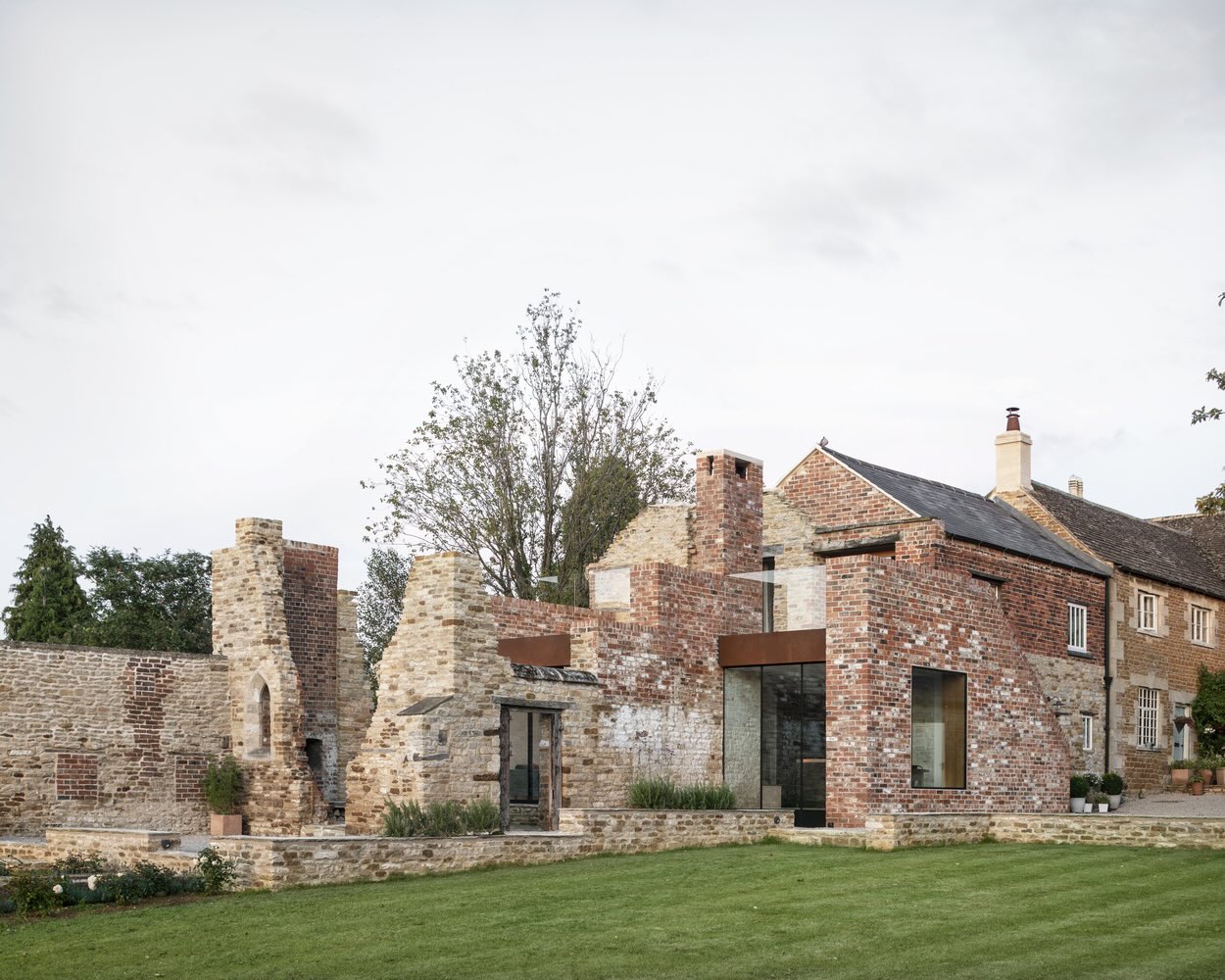
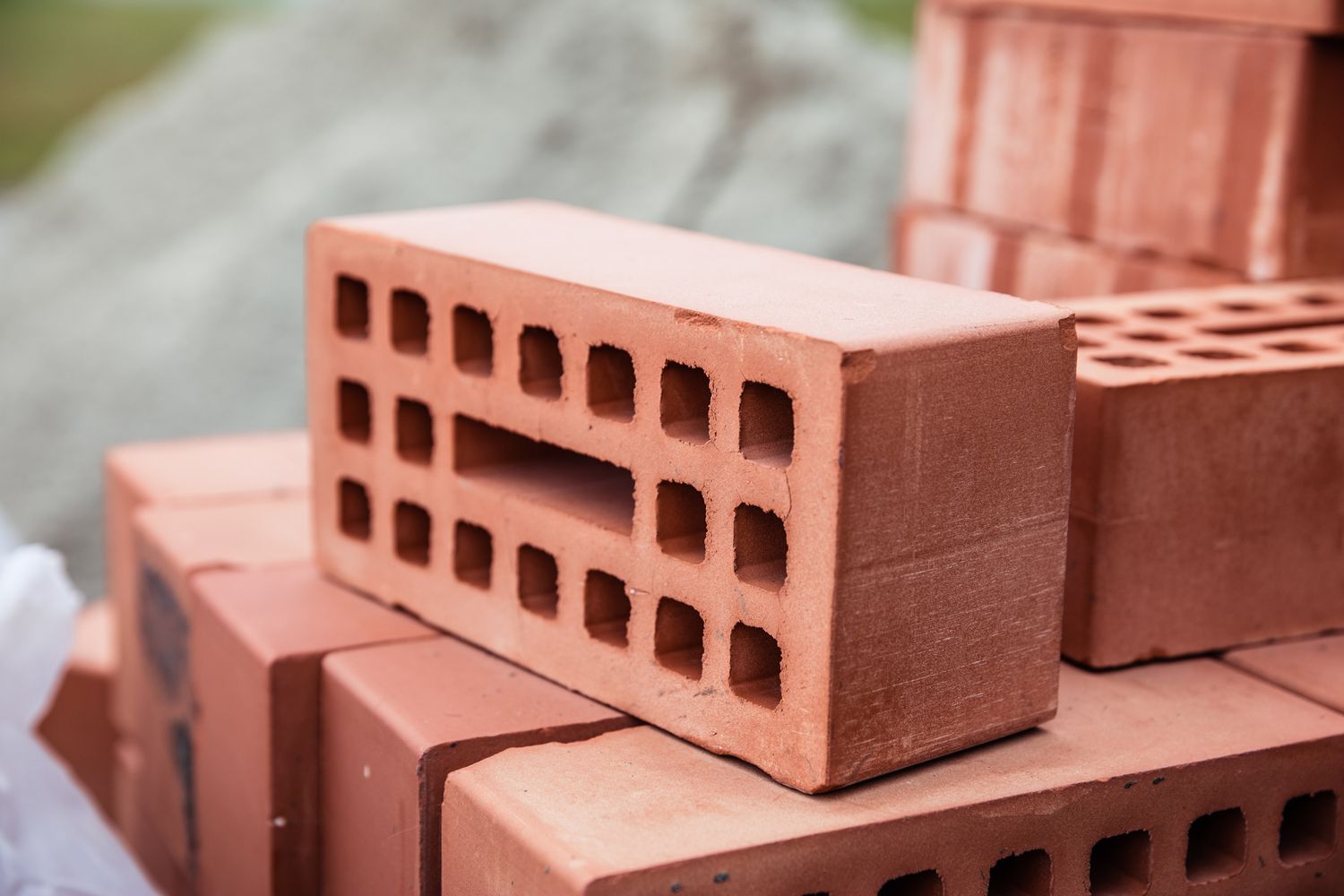

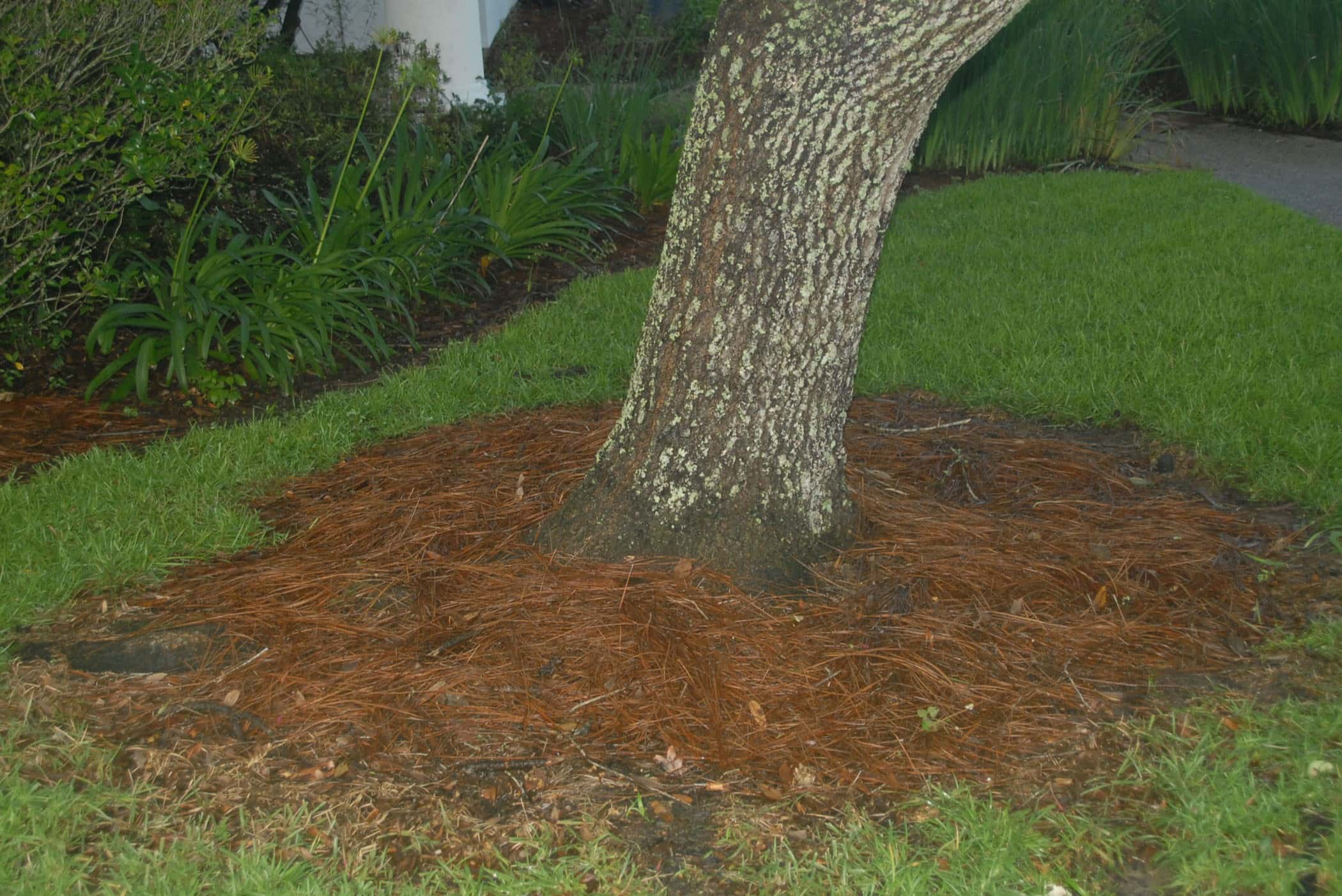

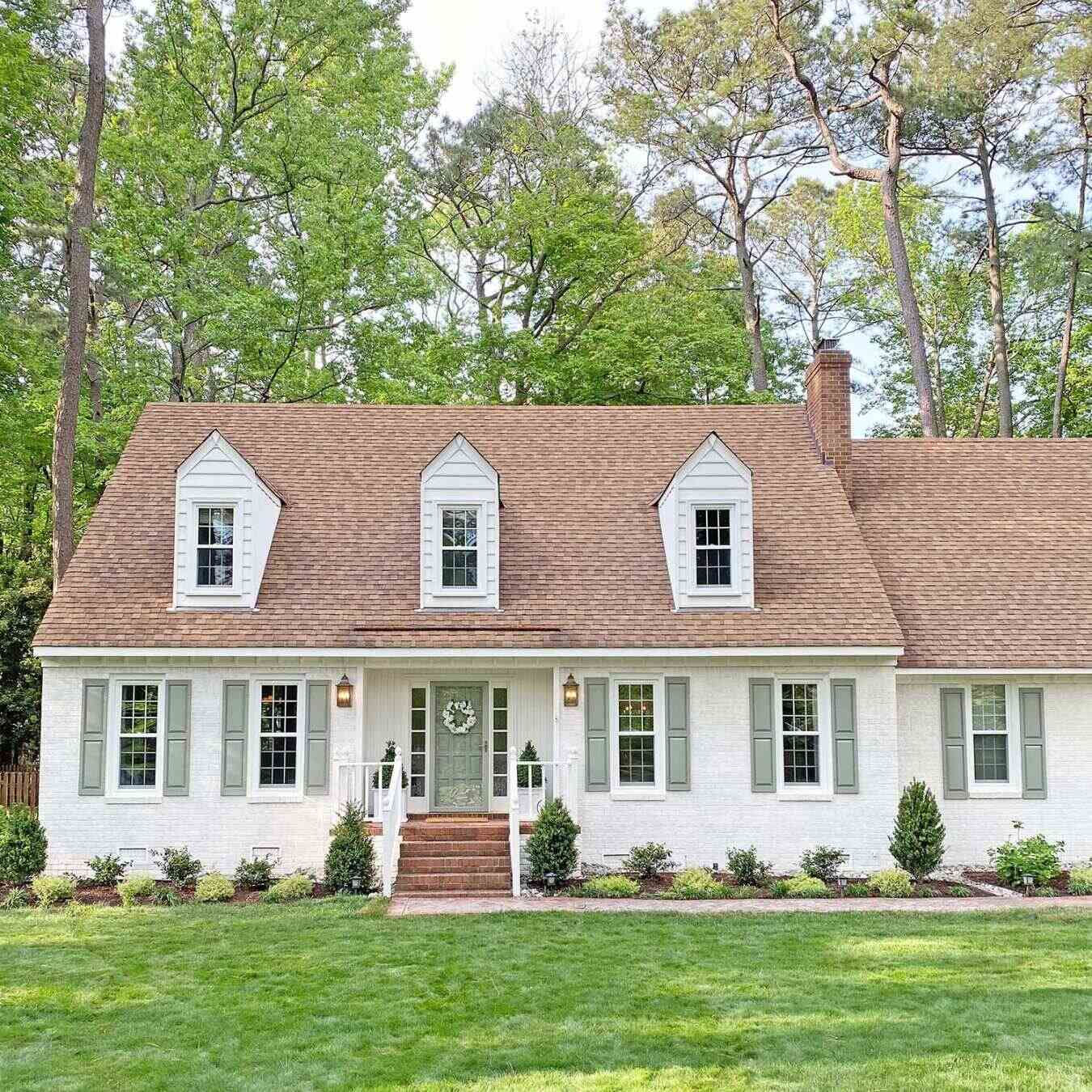
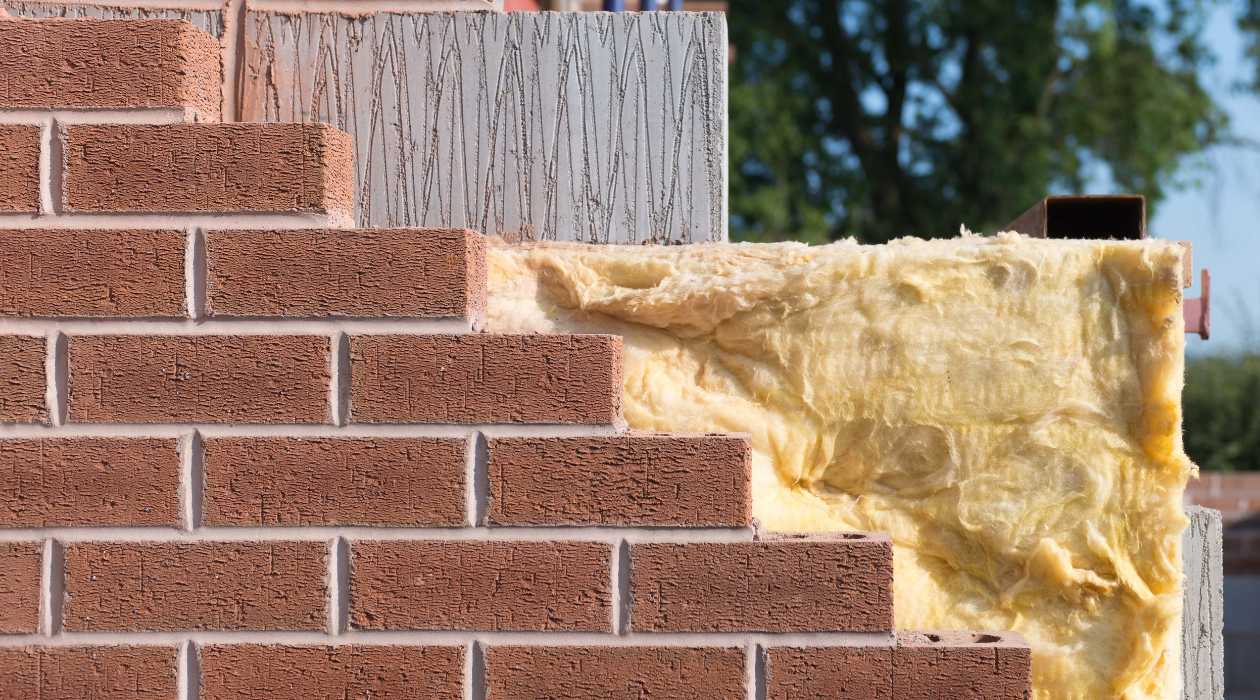
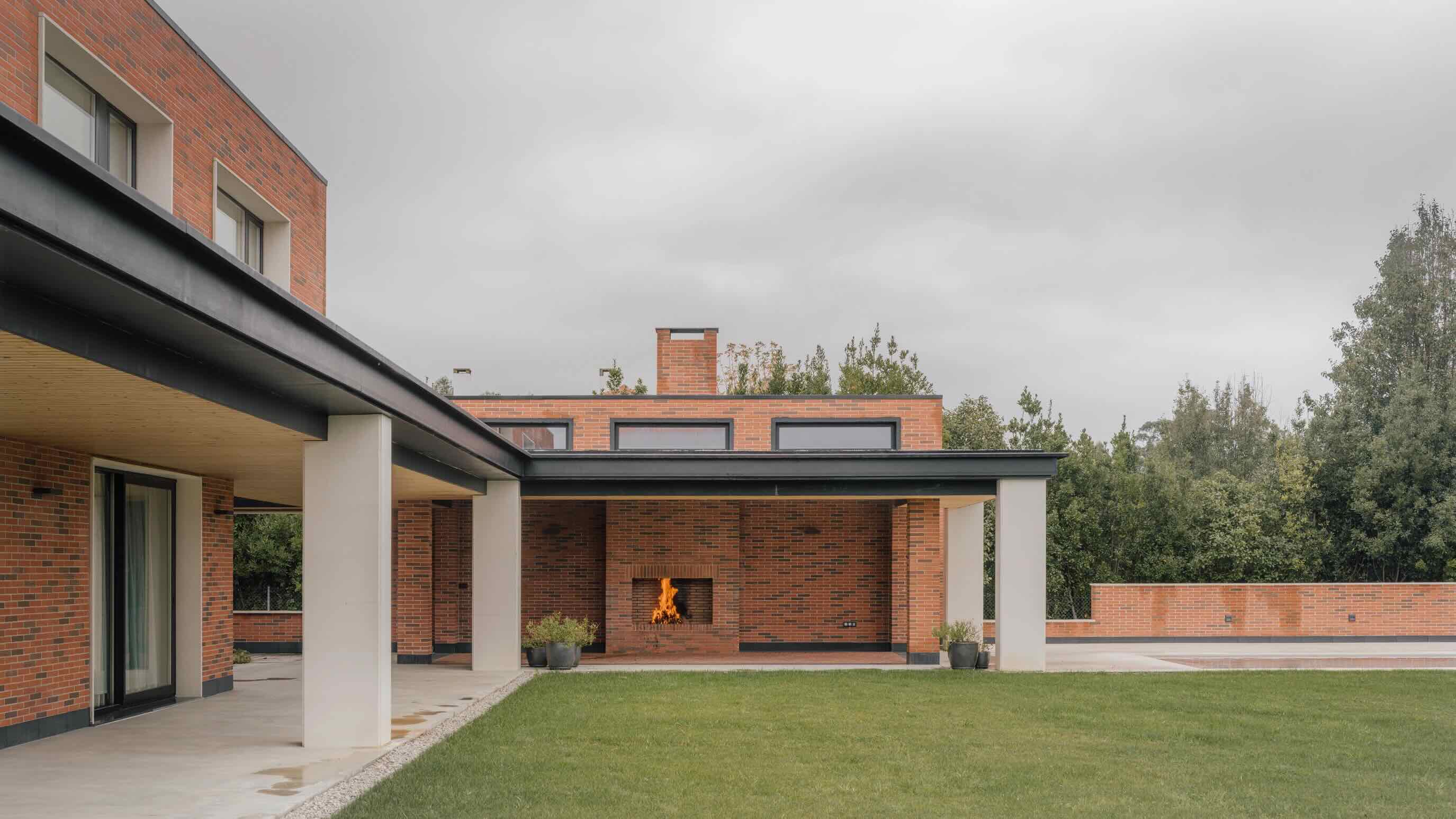
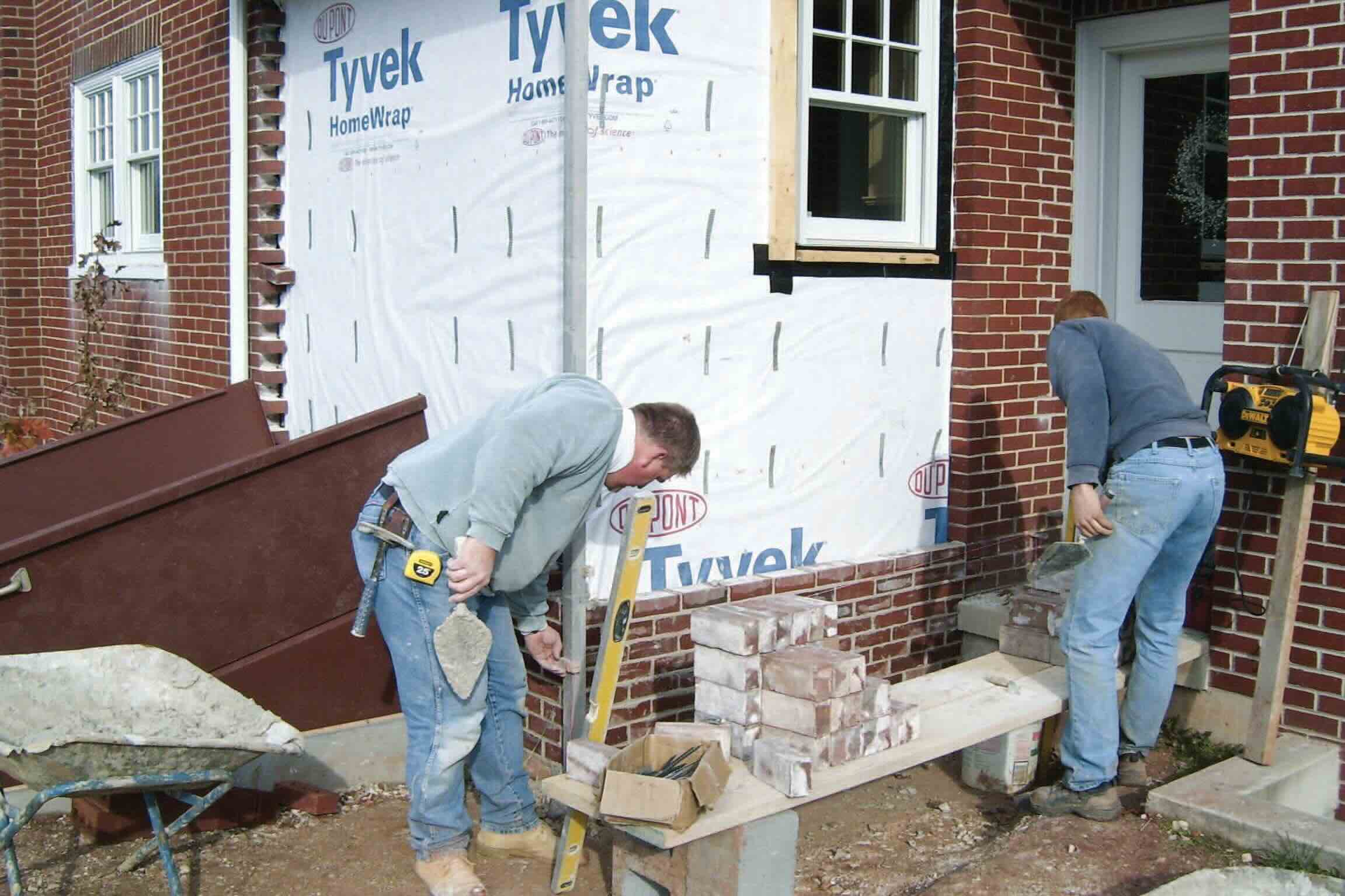
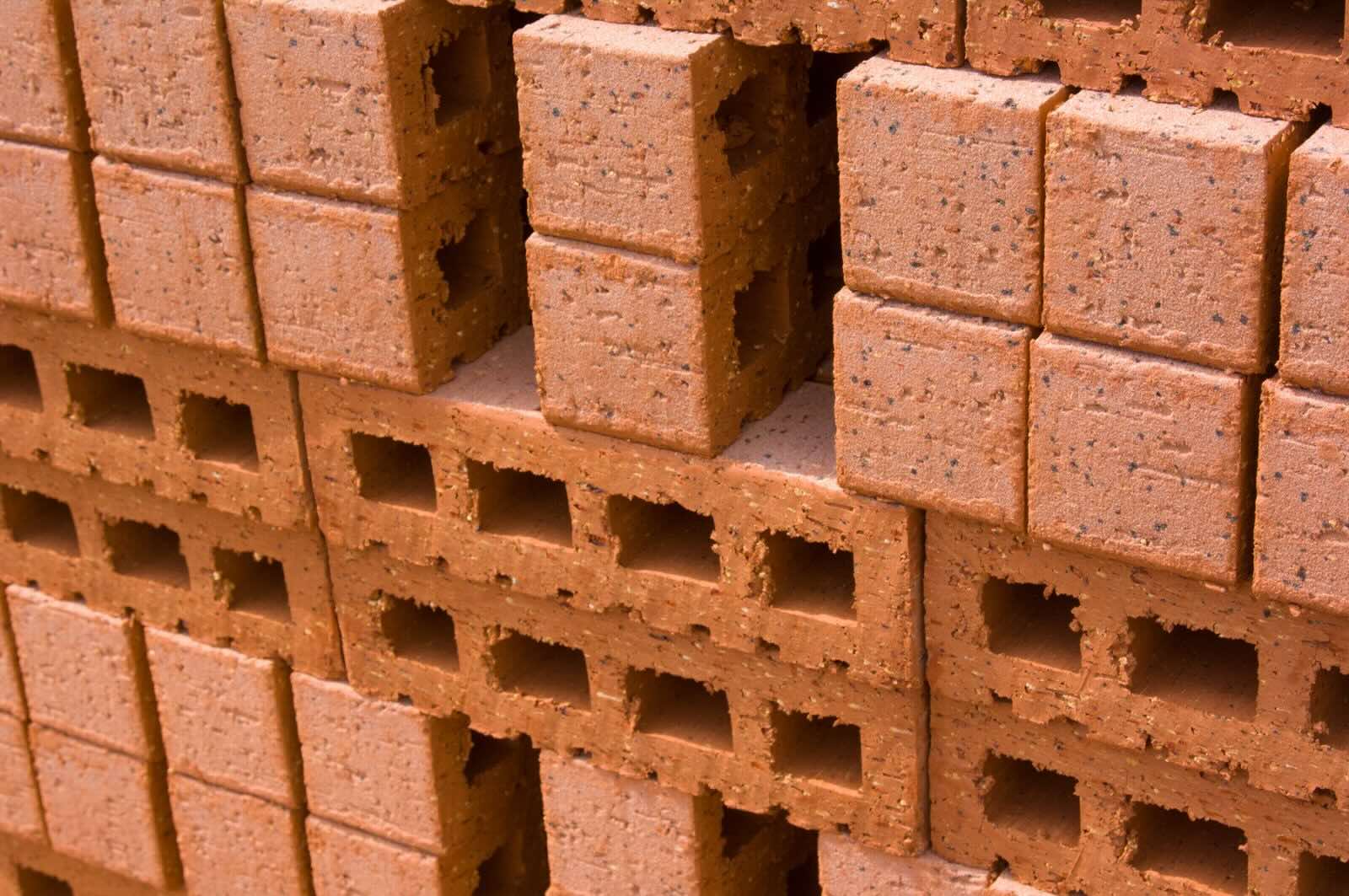

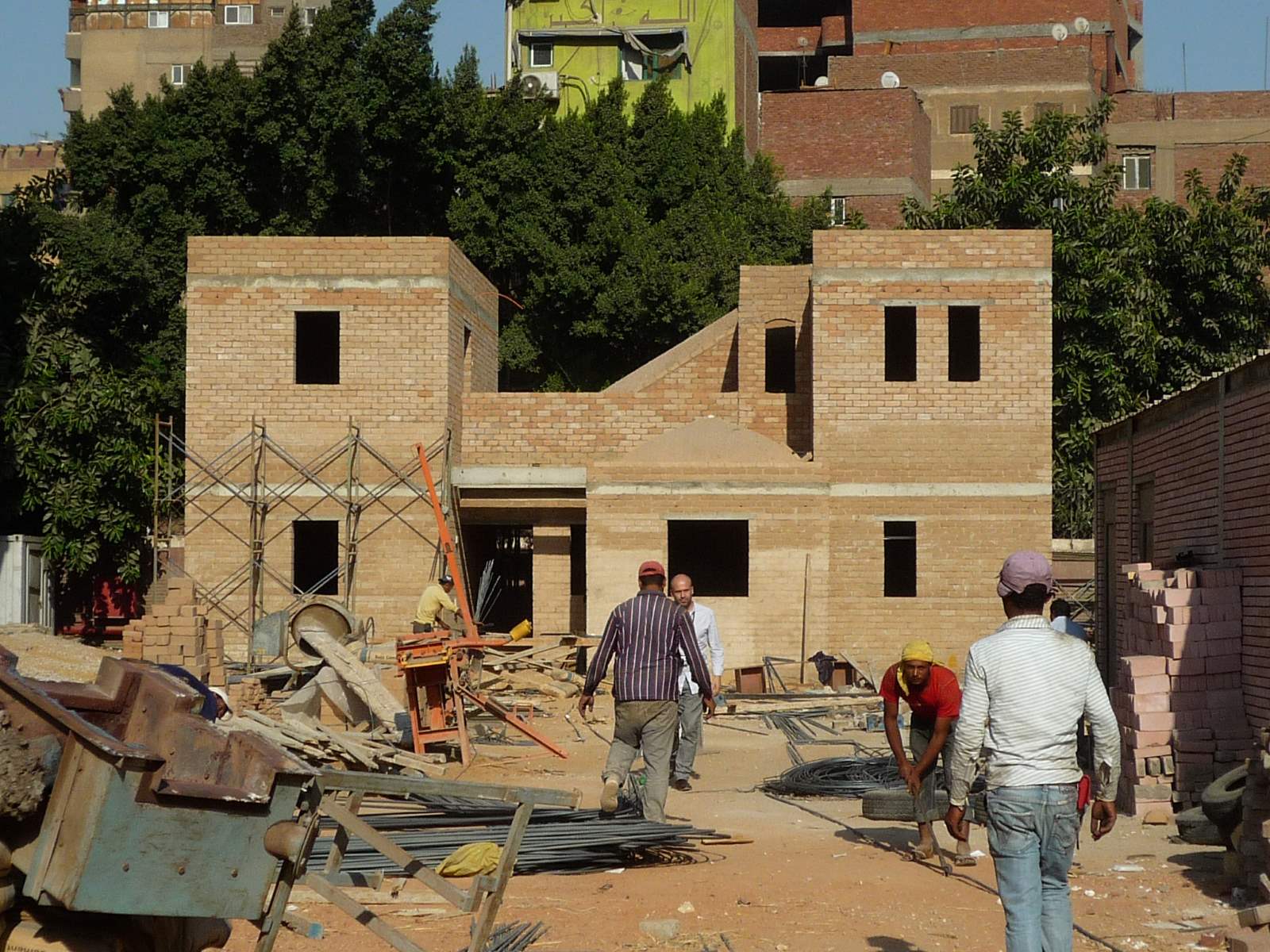
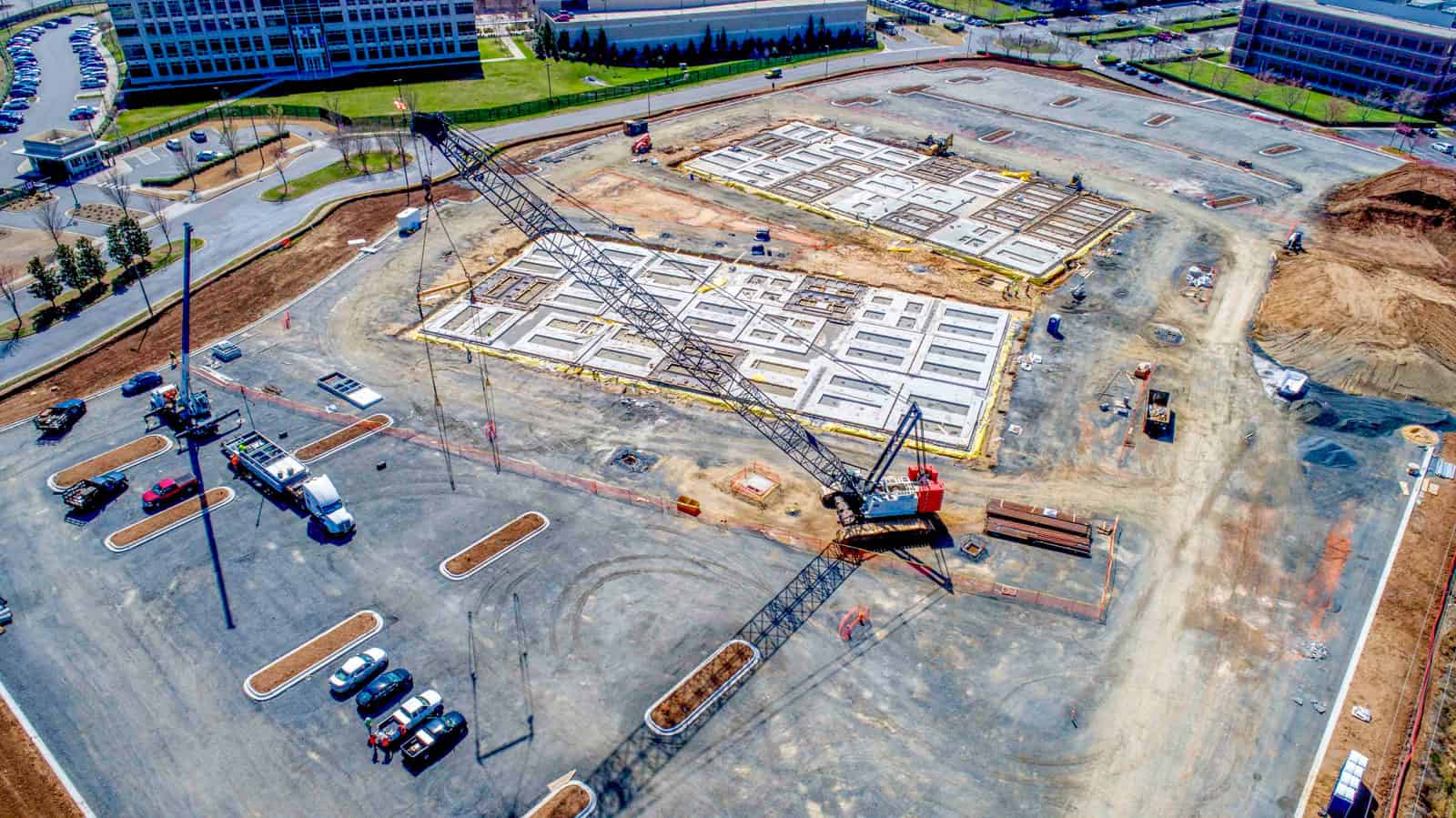
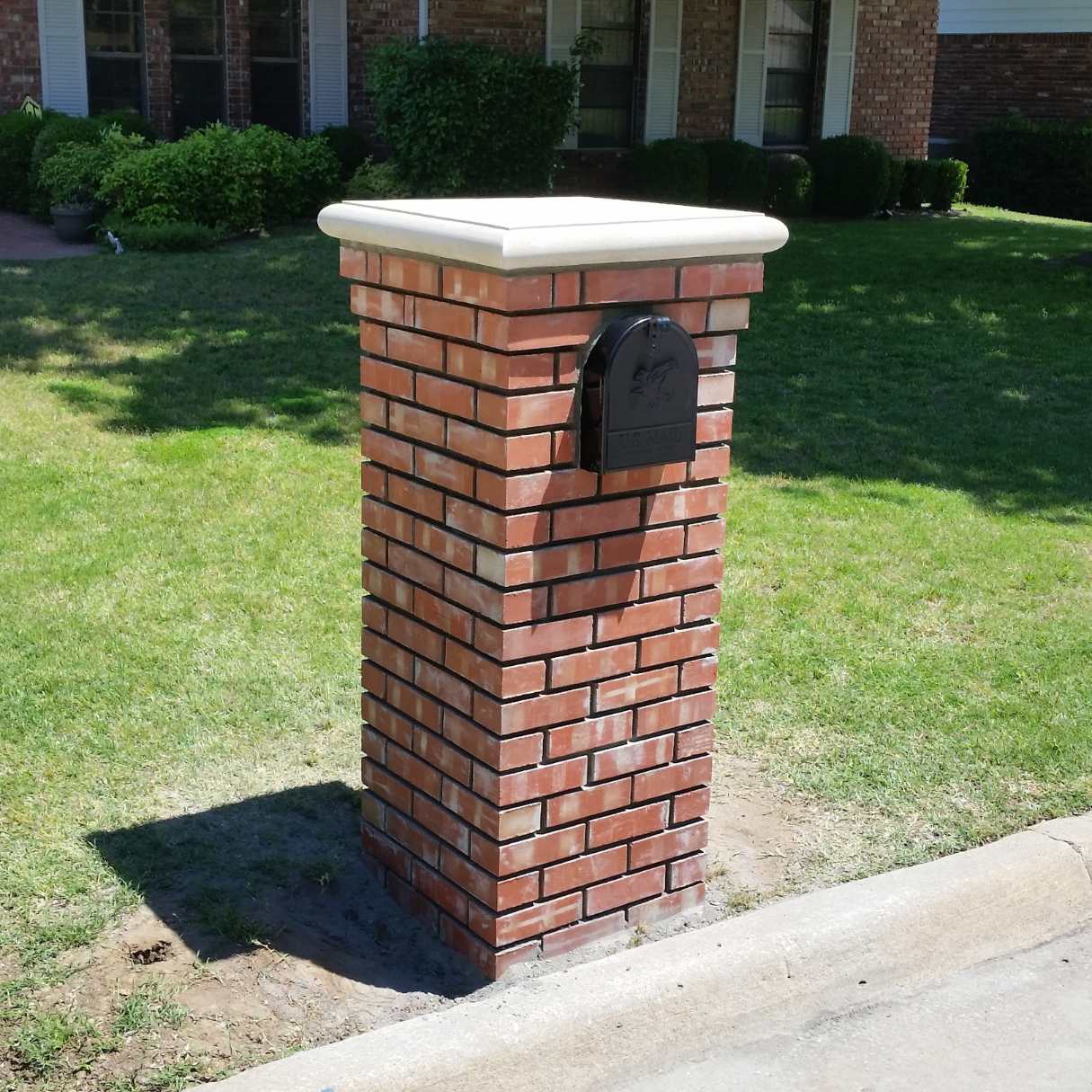

0 thoughts on “Why Doesn’t America Build Brick Houses”